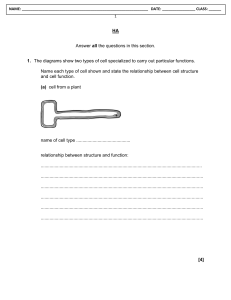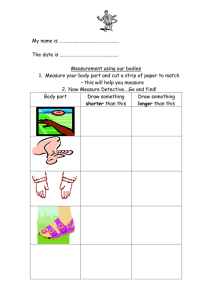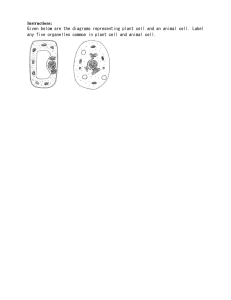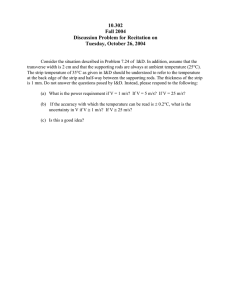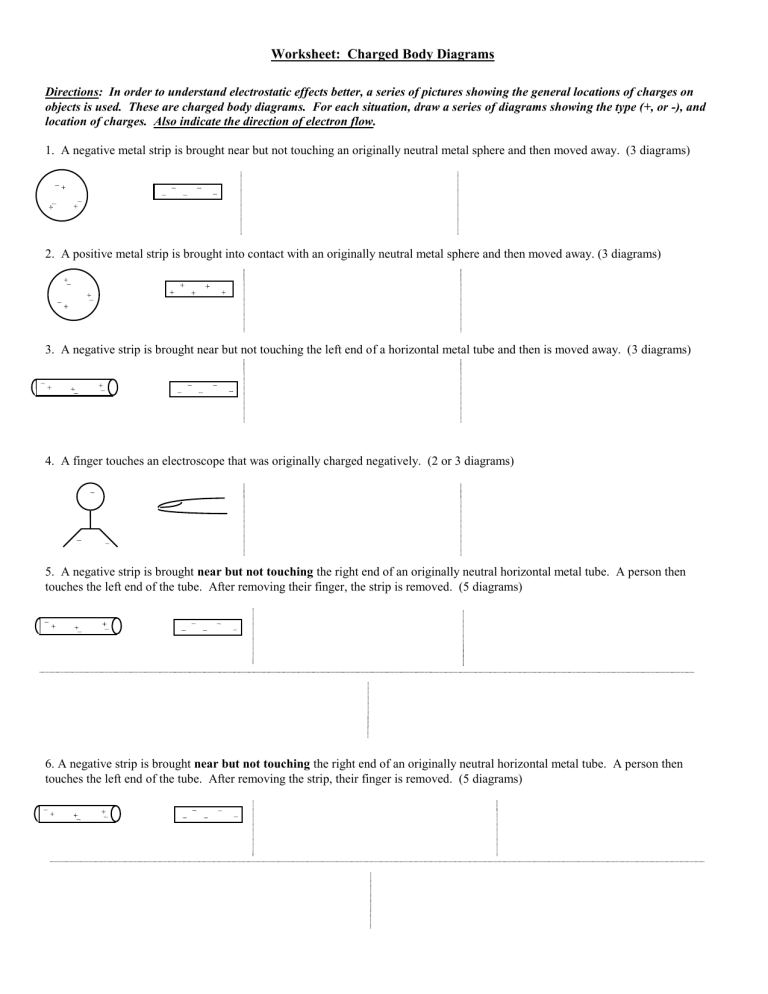
Worksheet: Charged Body Diagrams Directions: In order to understand electrostatic effects better, a series of pictures showing the general locations of charges on objects is used. These are charged body diagrams. For each situation, draw a series of diagrams showing the type (+, or -), and location of charges. Also indicate the direction of electron flow. 1. A negative metal strip is brought near but not touching an originally neutral metal sphere and then moved away. (3 diagrams) 2. A positive metal strip is brought into contact with an originally neutral metal sphere and then moved away. (3 diagrams) 3. A negative strip is brought near but not touching the left end of a horizontal metal tube and then is moved away. (3 diagrams) 4. A finger touches an electroscope that was originally charged negatively. (2 or 3 diagrams) 5. A negative strip is brought near but not touching the right end of an originally neutral horizontal metal tube. A person then touches the left end of the tube. After removing their finger, the strip is removed. (5 diagrams) 6. A negative strip is brought near but not touching the right end of an originally neutral horizontal metal tube. A person then touches the left end of the tube. After removing the strip, their finger is removed. (5 diagrams) 7. A positive charged strip is brought near a neutral electroscope and then moved away. (3 diagrams) 8. A negative charged strip is brought into contact with a neutral electroscope. The strip is then removed. (3 diagrams) 9. A positive strip is brought near the knob of an originally neutral electroscope. The electroscope’s knob is touched by a finger while the strip is still nearby. The finger is withdrawn, and then the strip. (5 diagrams) 10. A negative strip is brought near a negative electroscope and then moved away. (3 diagrams) 11. A positive strip is brought near a negative electroscope, and then nearer the electroscope (causing a different reaction each time.) Then the strip is moved far away. (4 diagrams) [note: panel 3 is different.] 12. A negatively charged strip is brought near an originally neutral pith ball. The pith ball is, at first, attracted to the strip, but once it touches it, the ball is pushed away. (at least 4 diagrams) 13. An originally neutral electrophorus is lowered onto a charged acetate pad. A finger touches the top of the electrophorus and then is removed. Then the electrophorus is lifted off the pad. (5 diagrams)
